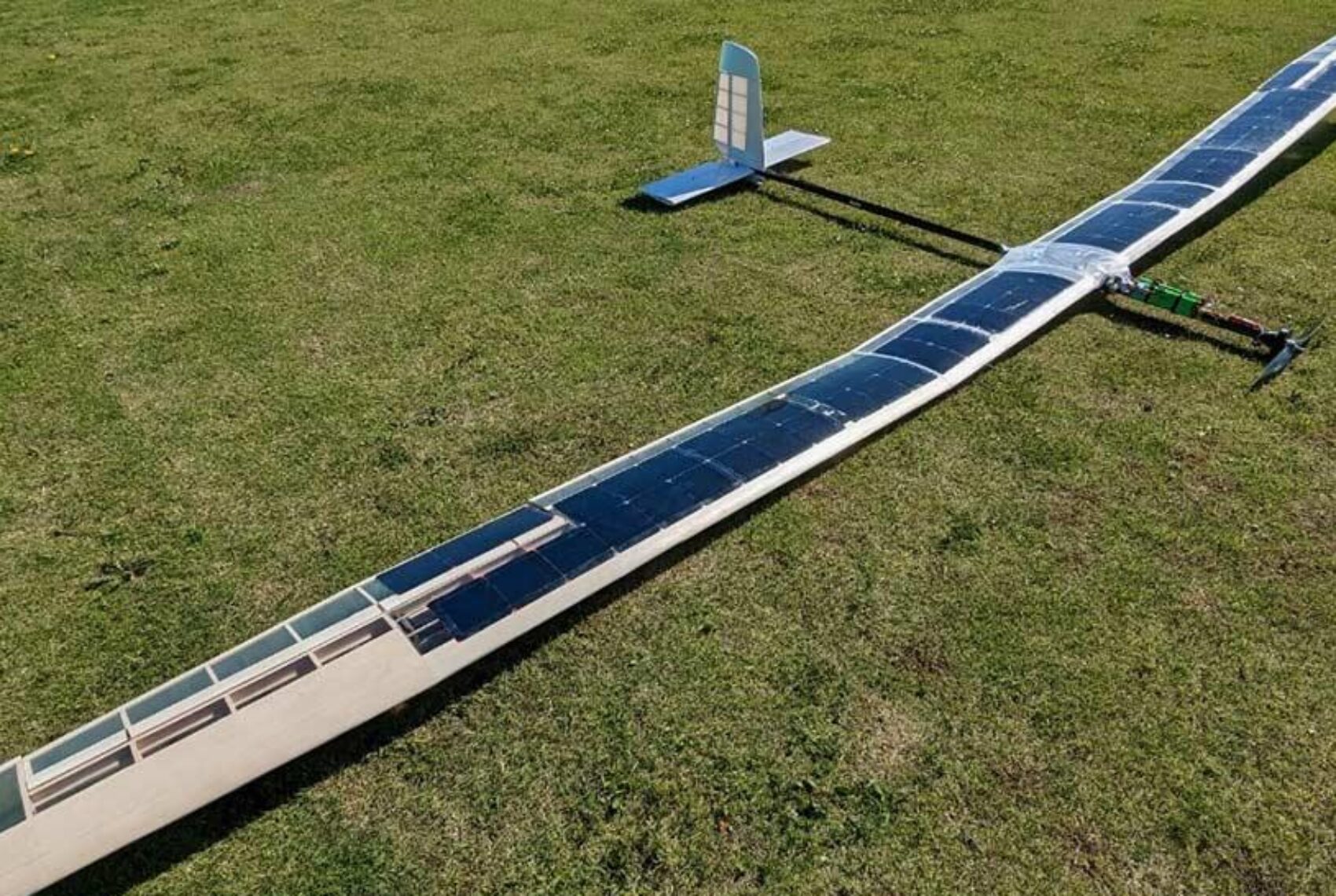KUMIHIMO: Innovation in the African Sky
Sora Technology joined KUMIHIMO in 2022 and emerged as the grand prize winner. Specializing in drone technology, their mission is to transform everyday life from the skies (“SORA”). They are committed to a malaria prevention project utilizing advanced technologies such as aerial photography and AI-powered image analysis.
Murata is dedicated to hardware innovation across diverse sectors, while Sora Technology is launching a drone startup focused on Africa. Typically, these two companies would not cross paths. However, KUMIHIMO serves as a bridge, enabling collaboration between them to create a better solution.
We interviewed the team behind Sora – Fukushima, Kato and Kojima and discussed their motivation behind participating in KUMIHIMO, the inception of their malaria prevention project, and their future expectations.
1. What motivated your decision to apply for KUMIHIMO?
Our company pioneers malaria control using drones, focused primarily in West Africa. Malaria, a significant global concern, sees approximately 247 million cases and 619,000 deaths annually, with 90% occurring in Africa. Anopheles mosquitoes transmit the disease, breeding in stagnant water. While spraying insecticides in puddles is crucial for mosquito control, finding these breeding sites across vast African terrain is labor-intensive and costly. Aerial spraying raises environmental concerns due to pesticide usage. To address these challenges, we use drones to capture precise images of breeding sites, ensuring targeted pesticide application.
However, drone usage demands advanced flight controllers and batteries, leading us to apply for KUMIHIMO to leverage Murata’s expertise in these crucial components. Murata excels in developing and manufacturing 6DoF inertial force sensors and batteries, pivotal components of flight controllers.
2. What are your thoughts on the various Murata technologies you encountered in KUMIHIMO?
We were particularly impressed by the profound expertise demonstrated by Murata’s technical team in gyro sensors.
A gyro sensor is integral to a drone’s flight controller, enabling it to maintain accurate flight even in changing wind conditions. Additionally, monitoring the condition of drone batteries mid-flight has historically been challenging, making it difficult to pinpoint deterioration.
In light of these challenges, we sought guidance from Murata, who introduced us to a flight controller equipped with Murata’s MEMS inertial force sensor, serving as a gyro sensor. Furthermore, I discovered their extensive experience and cutting-edge technology in battery development.
By exchanging insights with our team regarding aircraft design and operation, and collaborating with Murata on electronic component design and development, we made significant strides in enhancing drone performance.
3. What do you expect from your future collaboration with Murata?
For our company, participating in KUMIHIMO has deepened our understanding of the crucial phase between conducting successful drone demonstrations and delivering high-quality products to society. We are nearing the commercialization of our malaria control project and exploring other drone-based ventures. To achieve these goals, we require drones capable of extended flight durations and ranges, prompting our research and development into innovations like solar-powered aircraft.
Collaboration with Murata is essential for us to achieve these advancements, as their technology surpasses that of other companies. Moving forward, we aim to enhance drone flight distance, duration, safety, and scalability through continued partnership with Murata. Additionally, we hope Murata will provide exclusive electronic components and share their technical expertise to further leverage the insights gained from KUMIHIMO.

